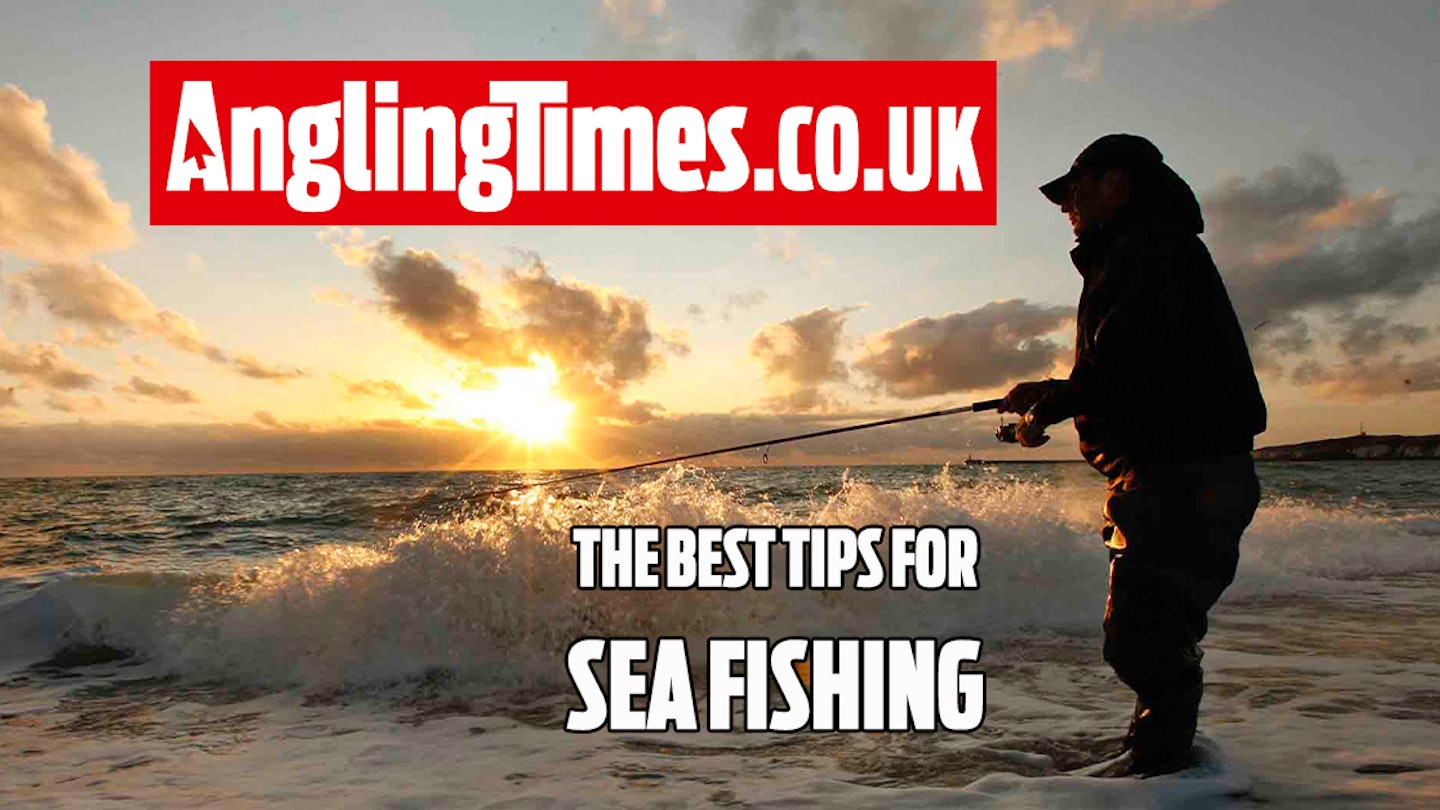Sea fishing is great fun, and with the UK being an island, the possibilities to hit the shore, rocks or pier are endless. It doesn't have to be expensive either, and if you get it right, you can can catch all kinds of weird and wonderful species of fish. Use these tackle, bait and tactical pointers to get you started and put a bend in your rod...
TIME YOUR TRIPS
As with any type of fishing, not all times of day are equal. Early mornings are a productive way to squeeze in a few casts on a family holiday. Night time can also be excellent if you pack a headtorch, perhaps with a carp rod and larger baits for bigger species.
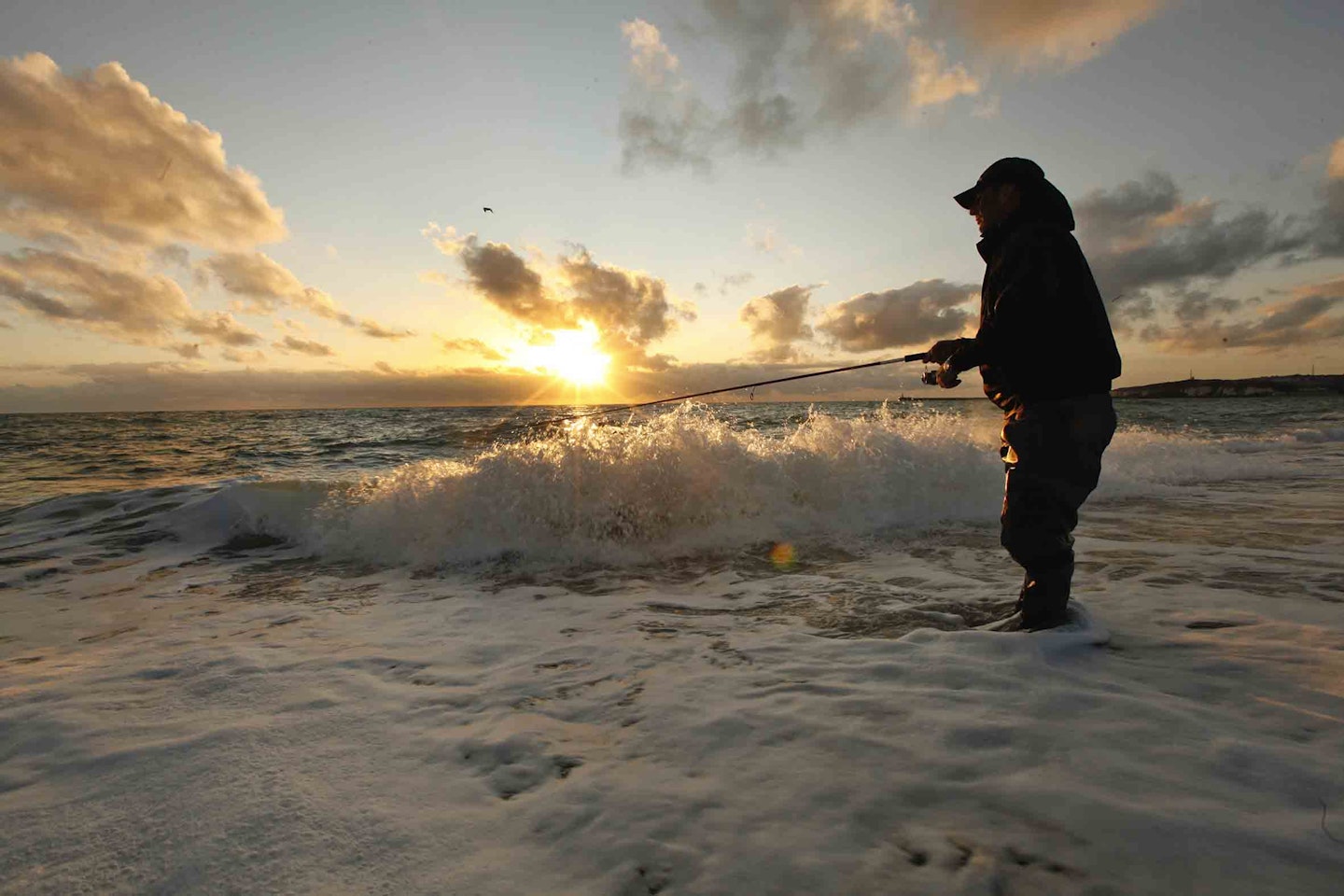
USE YOUR COARSE KIT
For maximum variety in saltwater, coarse gear is a great shout! Whether you opt for legering, floatfishing or lures, smaller hooks and baits will get lots of bites. Try hook sizes from 10-20 with bits of ragworm, prawn or fish and your next bite could be from a chunky wrasse or one of many small rockfish.
TAP INTO LOCAL KNOWLEDGE
Always be willing to ask local anglers, tackle shops and guides. That said, pretty much any harbour will hold smaller sea fish, along with sheltered water and features close in that allow lighter tackle to be used.
RELY ON ARTIFICIALS
If you can’t get fresh bait, the new generation of artificial, biodegradable soft lures such as Isome and Berkley Gulp! work a treat on tiny hooks with drop shot set-ups or just a couple of split shot. They also last for months and can be stowed in your bag until needed.
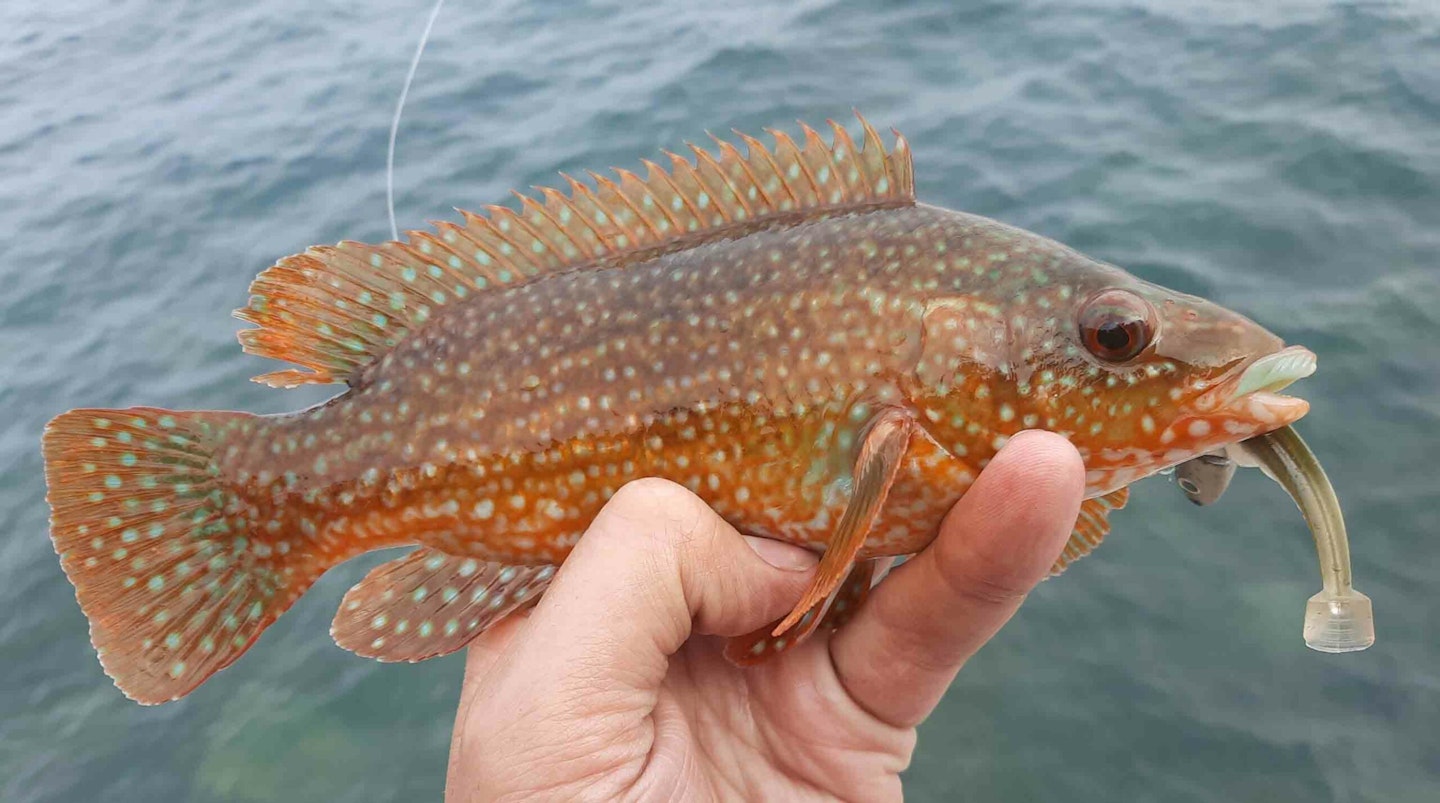
HAVE FUN ON THE FLOAT
Floatfishing is a wonderful way to fish for bites – and a pellet waggler or small pike float is ideal. Try ragworm close to any rock structure for wrasse and pollack, or find deeper water with a strip of fish or squid to catch mackerel and garfish.
FOLLOW THE FORECAST
Keep an eye on tides and conditions. The gentler the winds and waves, the lighter the tackle you can use. A walk at low tide on any new venue will also help you suss out likely hiding places and feeding grounds.
BALANCE YOUR TACKLE
Your tackle should be geared to what you hope to catch. For hard-fighting mackerel, pollack and wrasse, 10lb line is ideal. For the smaller stuff, like gobies, rockfish and blennies, you could go right down to 4lb-6lb.
HOSE IT DOWN!
Saltwater is corrosive, so wash your kit down with clean, running water at the end of your session. Avoid dunking your reels in saltwater at all costs, and use a shower head or hose to rinse your gear after each trip.

BE IMPATIENT!
While patience is a virtue for larger fish, the opposite is true when species hunting, so stay mobile and search everything! For information on locating, catching and identifying a huge range of fresh and saltwater fish, Dom Garnett and Andy Mytton’s book Hooked on Lure Fishing is highly recommended.
FRESH IS BEST
Most species use smell to find a meal, so if you haven’t had a bite after 20 minutes, put a fresh bait out. To keep your offerings in prime condition, store them in a coolbox or bag. For smaller baits, such as sandeels, you can even use a vacuum flask.
GEAR UP FOR ROCKS
When fishing from rocks, many of the fish will be caught close in. Boulders, barnacles and seaweed will make short work of end tackle, so if you fish from such spots, beef up your tackle and consider using a rotten-bottom (weak link) system, which will help you to retrieve fish from the salty snags!
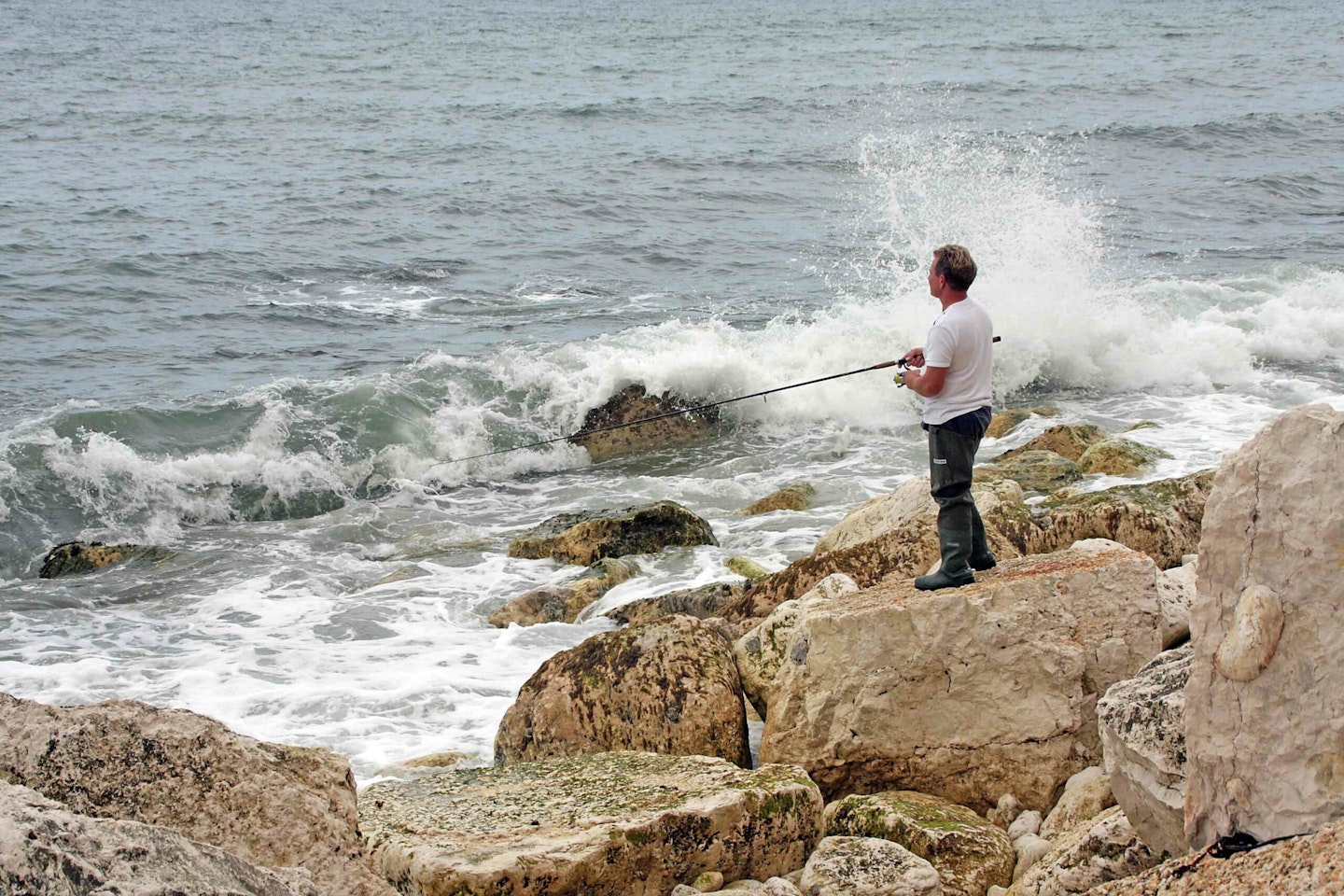
TAKE A NET ALONG
Trying to haul a wrasse up a harbour wall or sharp rocks is no fun, so if you’re fishing from an elevated position, use a drop net, which cost as little as £10. Alternatively, if you’re not too far above the water, you can always use a coarse landing net with a long handle.
FLING OUT SOME FEATHERS
A string of feathers is a great way to quickly catch a healthy supply of mackerel or pollack to use as bait... or for supper! They’re cheap to buy, typically a quid or so for a pack of strings. They’re also simple to use. A carp rod, a reel loaded with 12lb-15lb line and a few 2oz-3oz leger weights are all you need.

PACK YOUR WADERS
Bass are predators that often hunt close to rocks on the shoreline. Work your lure close to the gullies and patches of weed, and resist the temptation to cast far. A good pair of chest waders enables you to fish closer to the water, especially if there is a crunching swell hitting the beach.
PICK THE RIGHT ROD
LRF rods tend come as either tubular or solid-tipped versions. Both are great, but a solid tip rod is generally best used for slow retrieving where striking isn’t necessary. Tubular tips come into their own for bumping and twitching baits to induce a take.
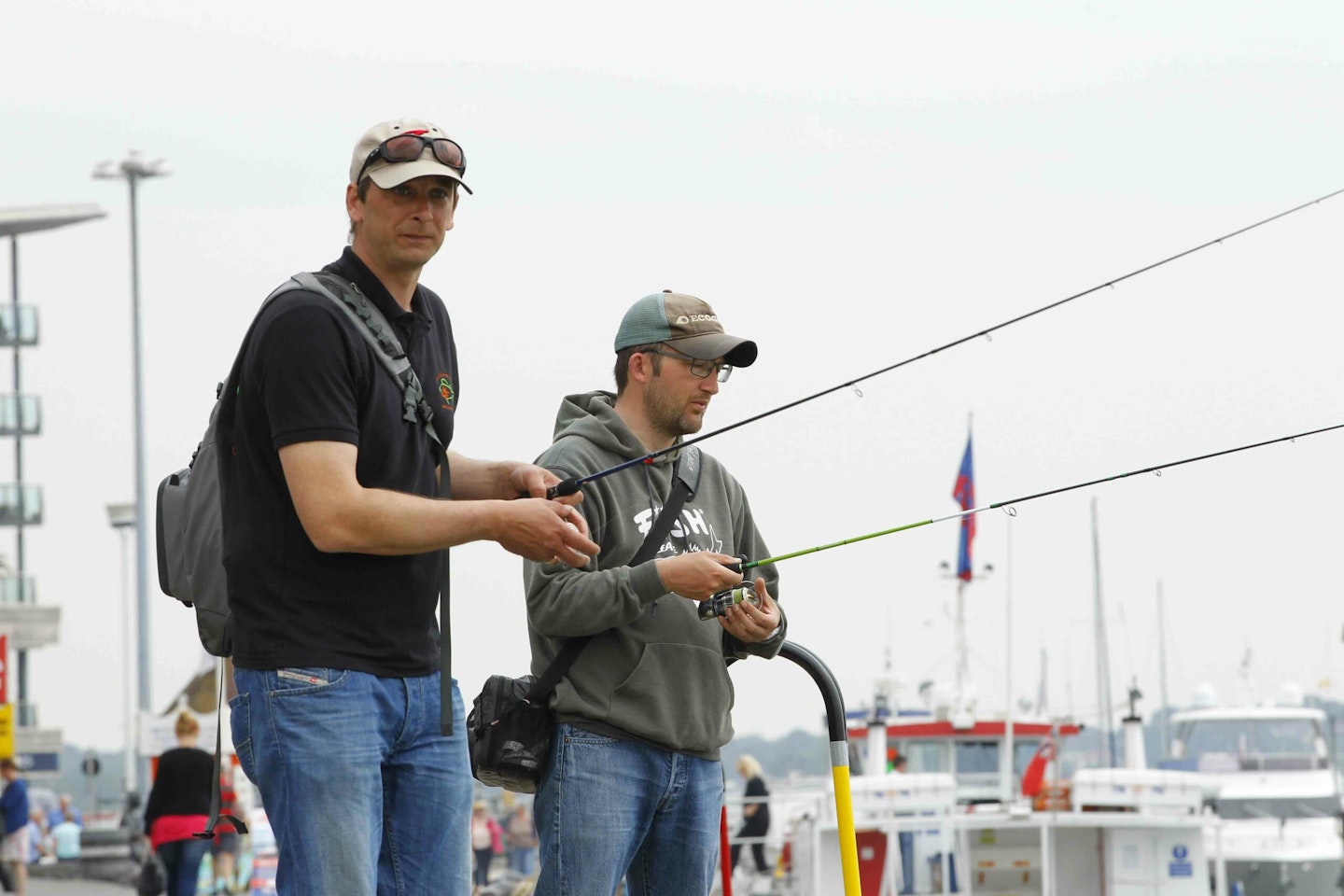
LOOK AFTER PLASTICS
Try to keep different brands of soft lures separate from each other, or you may find a sticky mess the next time you go to your lure box. Always carry some glue for repairing broken or damaged soft plastic lures.
SHOW YOU CARE
LRF is brilliant for targeting lots of mini species, so always handle them with care. Try not to keep them out of the water for too long, and take along a disgorger and a small set of forceps to help to remove deep hooks.
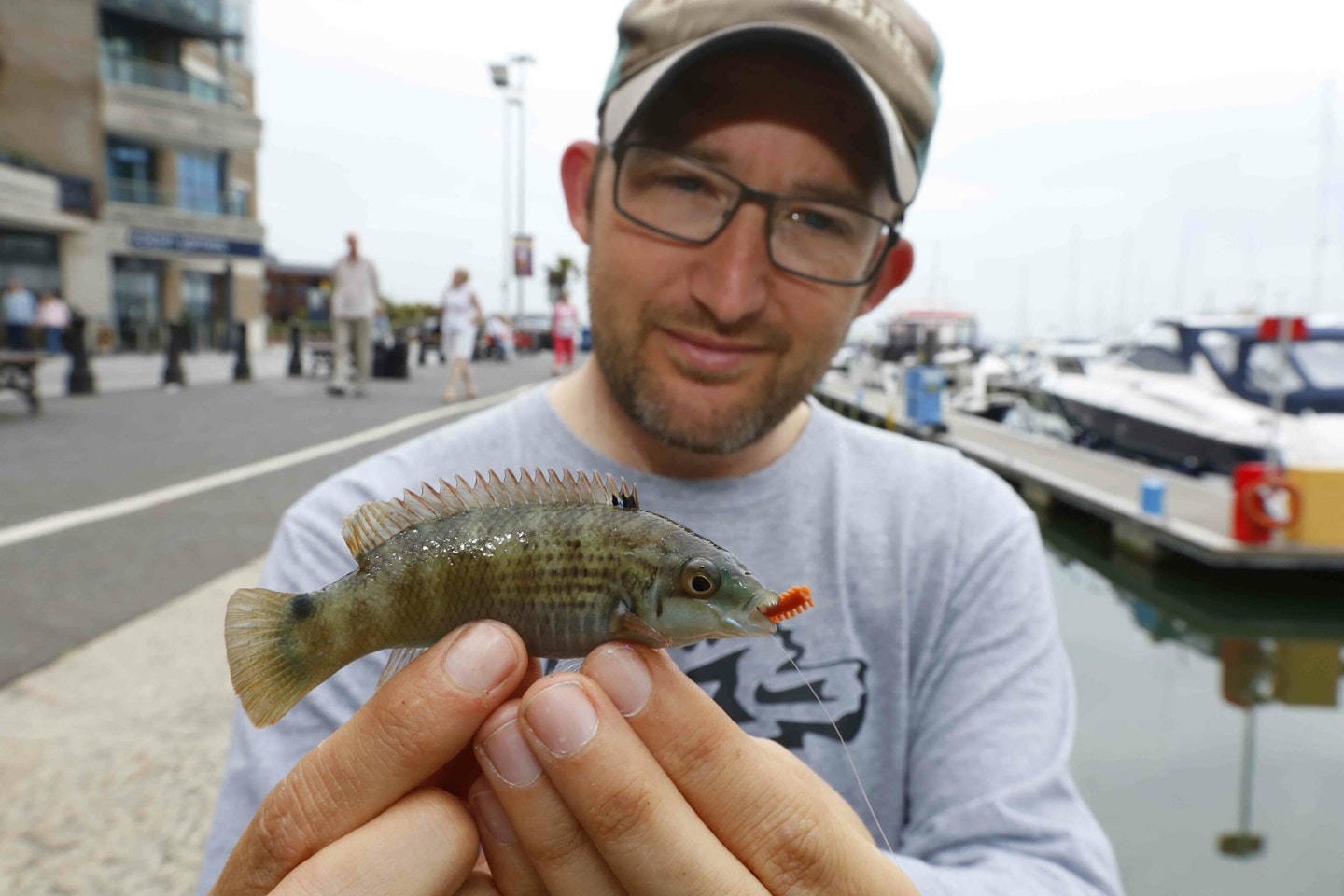
PACK A HEADTORCH
Some of the most productive shore fishing happens when the light begins to fade, or just before dawn, so make sure that you have a bright, reliable headlight, plus spare batteries.
TARGET THE SURF
Often, long casting isn’t necessary to target fish from the beach, especially bass, which hunt the shoreline looking for shellfish or small fish that have been battered by the waves. Look for gullies or holes at low tide, and try lobbing a bait into them once the water returns.
SLING OUT SOME SQUID!
Frozen squid can be used whole for species such as big bass, or cut into strips for tipping off worm baits. It’s a brilliant and cheap bait for both shore and boat fishing, and just about every species will take it.
BE STEALTHY
LRF tactics can often involve fishing shallow water, so keep quiet and fish as delicately as you dare – sometimes the fish will be right under your feet. Also, don’t be tempted to thrash a tiny lure around quickly. Small fish will sometimes need a little coaxing to eat your offering.
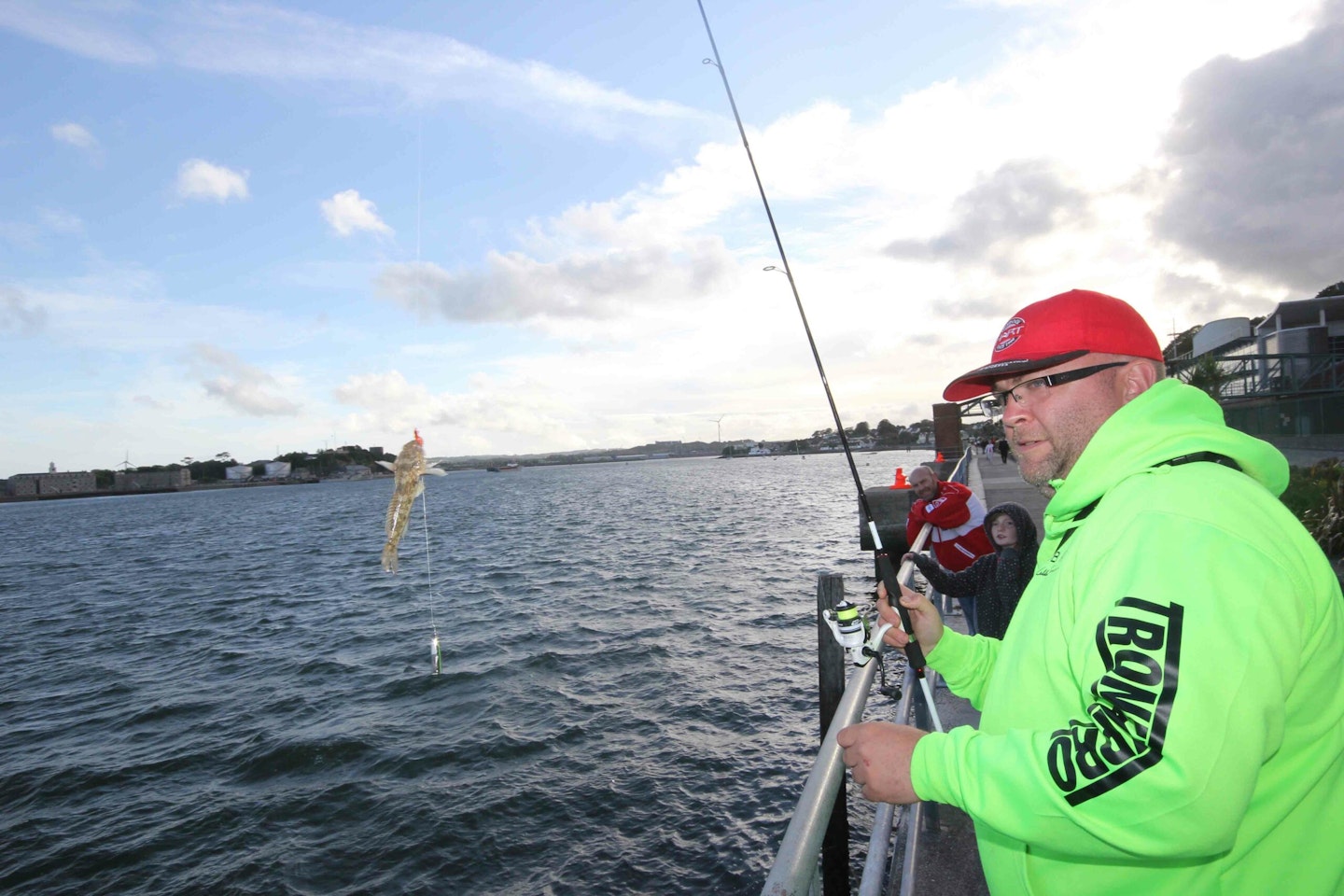
SEE DEEPER….
Invest in a decent pair of polarised sunglasses. They will help you spot so many more fish-holding features beneath the surface glare. They will also help you to see any fish chasing your lures or baits on the retrieve but, just as importantly, they prevent you from having to squint your eyes for long periods, which is a recipe for a banging headache!
BRAID IS BEST
The majority of LRF is done with braided mainline, as it’s thinner than mono and sets the hooks better because of the lack of stretch. This is normally coupled with a fluorocarbon leader of 4lb-6lb, but using fluoro straight through to the hook is increasingly popular, and means you don’t need a leader knot in your set-up.

VARIETY IS KEY
Carry a selection of lures as water clarity, tide, weather, or a shoal of baitfish turning up can all determine your choice of pattern. Don’t be afraid to change lures if you’re not having
any success. Sooner or later, you will present an option with the right colour that will attract the attention of a passing predator.
BE VIGILANT
You should always be aware of the venues you are fishing and their surroundings. Collate accurate tide times, make notes of cut-off points, and never ignore warning signs.
BONUS TIP - JUST GET OUT THERE AND DO IT!
You won't know unless you try, sea fishing might just be the escape you're looking for. So go, have fun and stay safe at a beach near you - be sure to let us know what you catch!
NOT SURE WHERE TO GO? CHECK OUT THIS WHERE TO FISH GUIDE.

